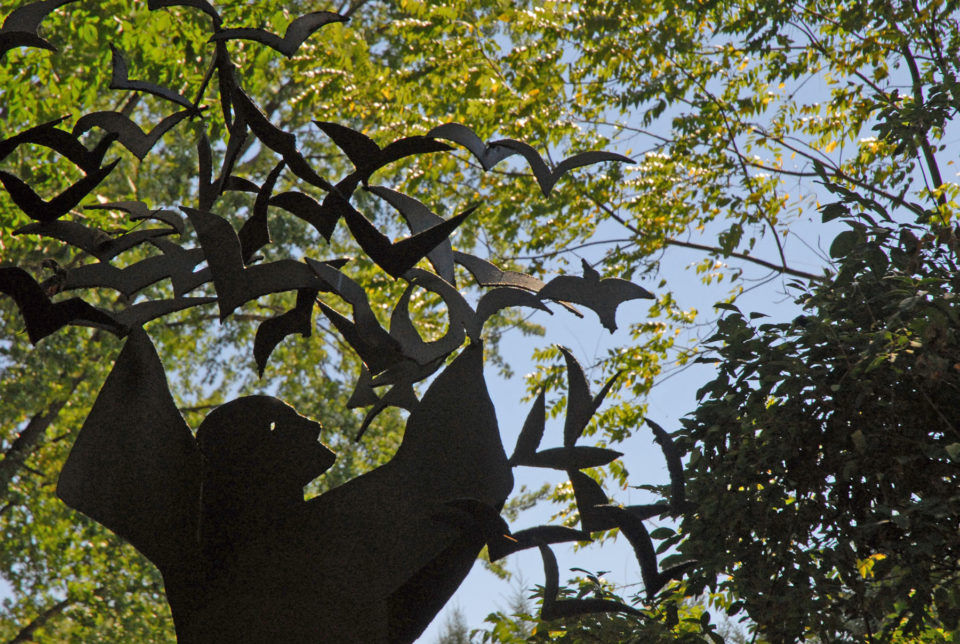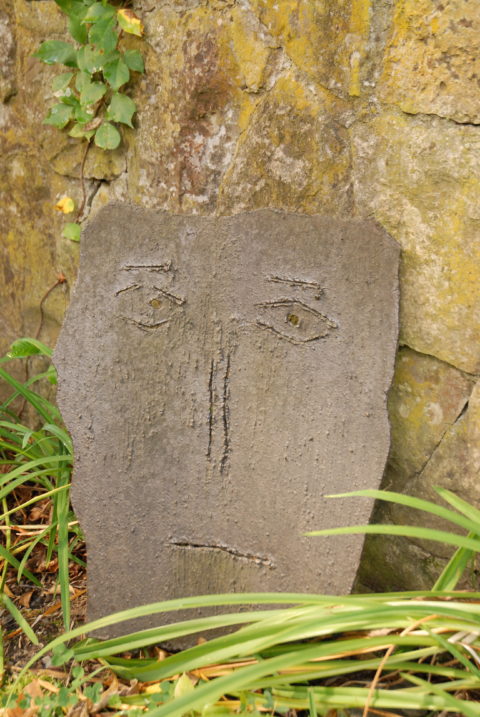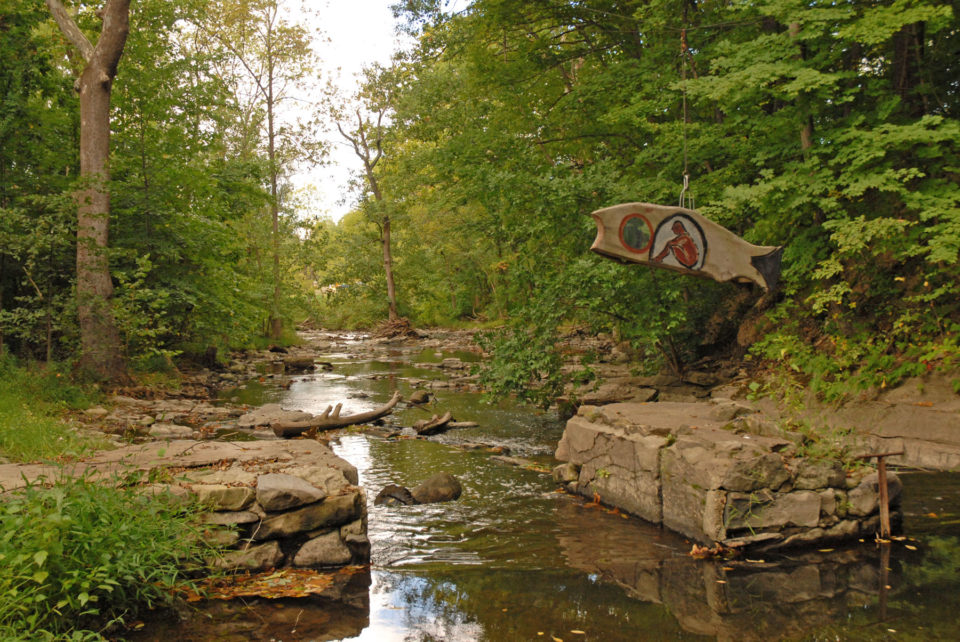
St. Francis Sculpture by Frederick Franck
** Books mentioned below have Amazon affiliate links, meaning I make a few cents if you purchase through my link. I only recommend books that I’ve read.
I first learned of the artist Frederick Franck in one of those serendipitous ways that I love so much; while taking a drawing class. We were following the exercises in a classic book, Drawing on the Right Side of the Brain by Betty Edwards. A chapter near the end of the book was about Zen seeing and quoted Frederick Franck. I discovered that Franck was the author of another classic book called The Zen of Seeing. This book became my Bible for seeing and led to my current path of contemplative photography. It’s also where I discovered the quote below, which you see often on my site, as it guides my life.
“The meaning of life is to see.” ~ Hui Neng
Franck is my number one hero because he inspires me to be the best I can be. He lived life on his own terms, knowing that anything is possible if we stay true to ourselves.
A Little Background on Franck

Original Face by Franck
Born on the Dutch/Belgian/German border (in the Netherlands) in 1909, Franck witnessed the beginning of World War I at the age of 5. As a young child, he witnessed refugees crossing Holland’s border and this began a lifelong search to understand what it means to be human.
Franck was professionally trained as a dentist, but art (drawing and sculpting) was always a part of his life. There were three important mentors in Franck’s life. As a dentist, he had the opportunity to work alongside Albert Schweitzer (winner of the Nobel Peace Prize), who was known for his philosophy of ‘reverence for life.’ Franck studied Zen Buddhism in England during World War II under Zen scholar Daisetz Suzuki. His third and possibly most influential mentor was Pope John XXIII. Franck had the opportunity to draw the Pope and all sessions of the Vatican Council in the early 1960’s. He saw the Pope’s authentic, original face – free of ego.
Frederick Franck, the Artist
Franck was a painter, sculptor, and author with more than 30 books published on Buddhism, drawing, and what it means to be human. Although he was raised agnostic, the powerful imagery of the Catholic Church in the area of Holland where he grew up affected Franck profoundly. The fish, often a symbol of Christ, is one of the images he used frequently in his art. He refers to it as “Cosmic Fish” and it includes human faces as the scales.
His most successful book was “The Zen of Seeing“, published in 1972 (one of the Books that Shaped My Life). In his followup book, Zen Seeing, Zen Drawing, Franck describes the difference between looking and seeing.
“Looking and seeing both begin with sense perception, but there the similarity ends. When I “look” at the world and label its phenomena, I make immediate choices, instant appraisals. I like or I dislike. I accept or I reject…… The purpose of looking is to survive, to cope, to manipulate, to discern what enhances or diminishes the “me”. When I see I am suddenly all eyes. I forget the ME, and am liberated from it and dive into the reality of what confronts me…. It is in order to see, … more deeply that I draw…. I have learned that what I have not drawn I have never really seen….. I discover that among the ten thousand things there is no ordinary thing.”
Franck believed that to draw something and really see it was a form of meditation and a way to realize our inseparability.
More Books by Frederick Franck
Zen Seeing, Zen Drawing – A follow up to The Zen of Seeing, this is more action oriented – how to really begin seeing.
Days with Albert Schweitzer – Fascinating turn in Franck’s life; having the chance to work with Albert Schweitzer as a dentist, and how it changed his life.
What Matters: Spiritual Nourishment for the Head and Heart – A selection of reflections on what really matters. Deeply spiritual without being religious.
Pacem in Terris, A Trans-Religious Sanctuary

At Pacem in Terris in Warwick, New York
Franck and his wife Claske transformed their home and property in Warwick, NY into a trans-religious sanctuary called Pacem in Terris, meaning “peace on earth.” Franck’s sculptures, seen throughout the property, are considered “icons” – meaning windows to the sacred. There is also a rustic building on the premises for musical performances and sectarian services.
While Franck and his wife, Claske, are no longer living, the home is maintained by their son, Lukas, through a non-profit organization. I had the honour of visiting there in 2007. In one of their newsletters, they reported a comment from a recent visitor, “Thank you so much for maintaining this small oasis in a sea of aggression, suffering and environmental destruction.”
The address is 96 Covered Bridge Road, Warwick, NY 10990. It’s open May through September weekends (when the flag is flying). Call (845) 986-4329. Learn more here.
There is a book about how this place came to be: Pacem in Terris, A Love Story
More on Frederick Franck
The Art of Being Human, produced by Bullfrog Films, is an inspirational 28 minute DVD about the life of the artist Frederick Franck. School Library Journal writes, “This video may help remind viewers of the value of all human life.”
Frederick Franck: Life and Work (from World Wisdom)
Remembering Spiritual Masters: Frederick Franck (from Spirituality and Practice)
I love your definition of “hero” Kim and this is a wonderful post, offering so much food for thought.
This is a great post and I will be reading these books for sure. As heroes go, in my world, YOU are a hero! Being willing to share your experiences and your knowledge that comes from your heart is a wonderful gift to those of us who want to learn and are open to new ways of seeing the world through photography. Thank you for sharing a big part of your life.
I’m humbled, Mary. Thanks so much for your kind words. I enjoy sharing what inspires me with others.
Inspired by how you are taking your writing from Squidoo to create posts with true heart and meaning. WTG Kim!
Thanks, Correen. And, are you doing the same with your wonderful Squidoo articles?
Thank you for introducing me to this fascinating man! I will look further into his story for sure.
I have to echo Patricia. I feel like I haven’ t independantly chosen a book since I met you. I am too busy trying to keep up with your recommendations! don’t kept me wrong -I am so enjoying the teachings I am getting from you! I too am so grateful I found you!
I do admit that I am a bookaholic and am glad there are others out there too!
I was Frederick’s last assistant, miss him and Claske every day. Also, stayed with him right until the end of his life, literally. I built the coffin he was buried in, and placed him it. He effected my life and my understanding of the world, like no one else. He was a great man and friend! Thanks for honoring him as well!
I was searching for images of sculptures that I fabricated for him!
I believe the image of St. Francis is in New Harmony Indiana. I fabricated and delivered that one. Also, fabricated seven others that went to Holland, Germany, California, and several other places.
Thank you so much, Bruce. What a powerful experience that must have been working with Frederick and Claske. We met Claske at Pacem in Terris. It was only a year or so after Frederick’s death.